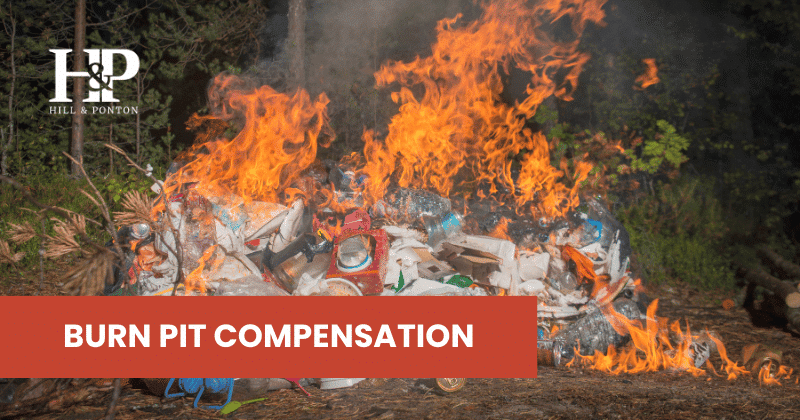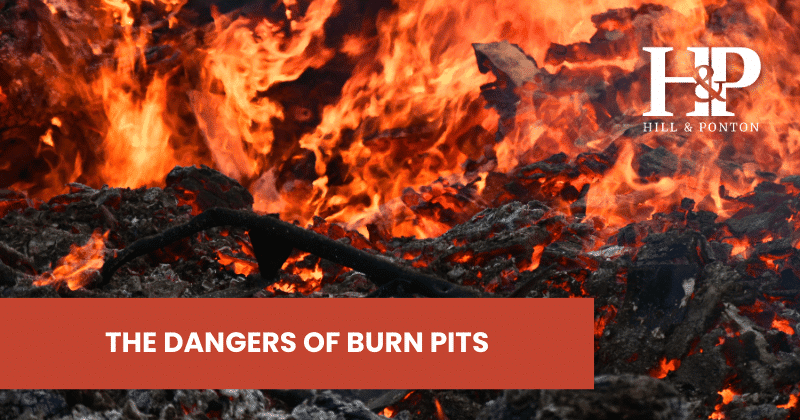Why is DOD still using Burn Pits?
Even with the dangers and consequences of burn pit exposure, the DOD is still utilizing them today. The U.S. military has used many open-air pits to burn solid waste, repeatedly exposing soldiers to toxic fumes since operations began in the Middle East in 2001.
The DOD set limits on the usage of burn pits in 2009, as health concerns began rising, by reducing the number of burn pits and restricting what materials may be burned. However, a year later, the Government Accountability Office found that the defense department had violated its own procedures for safe burn pit practices, stating that some of the burn pits had been used to incinerate anything from plastic to toxin-emitting batteries.
Burn pits are supposedly the last resort for removing waste, and the use of burn pits varies depending on the size of the base; some bases might have a burn pit operating one day a week, others 24 hours a day, seven days a week, depending on the activities on the base and the size of its population. Burn pits are utilized to reduce the volume of waste efficiently. There is research being conducted to find a better alternative for waste removal, but there has not been any news of stopping the use of burn pits yet. Allegedly, the use of open-air pits is used when no other alternative exists.
What is the Burn Pits Accountability Act?
The Burn Pits Accountability Act is a bill that requires the DOD and the military departments to evaluate whether each member of the Armed Forces has been (1) based or stationed where an open air burn pit was used to dispose of waste, or (2) exposed to toxic airborne chemicals.
Members located where an open burn pit was used or exposed to toxic airborne chemicals must be enrolled in the Airborne Hazards and Open Burn Pit Registry, unless the member elects not to enroll.
The evaluations must be included in periodic health assessments, physical exams conducted immediately prior to separation from active duty, and deployment assessments. The DOD must share the results of the evaluations with the VA.
VA Registry for Burn Pits
The VA has developed the Airborne Hazards and Open Burn Pit Registry to assist service members, past and current, with documenting potential exposure to airborne hazards while serving overseas. To check your eligibility, visit the site below:
https://veteran.mobilehealth.va.gov/AHBurnPitRegistry/#page/home
Information reported by service members is maintained in a secure database and may be used to inform future research studies. The registry helps participants become more aware of their health, while helping researchers to study the health effects of burn pits and other airborne hazards.
Organizations Helping Burn Pit Victims
Burn Pits 360: The only nonprofit organization to offer an independent burn pit exposure registry in which family members can record the names of warriors who served the nation but have passed away due to illnesses from toxic injury.
The Amie Muller Foundation: A nonprofit charity that offers financial assistance to military members who have been diagnosed with Pancreatic Cancer, and helps to fund research for early Pancreatic Cancer detection in order to raise awareness of the harmful effects of burn pits in Iraq and Afghanistan.






